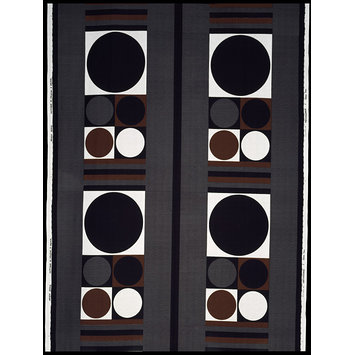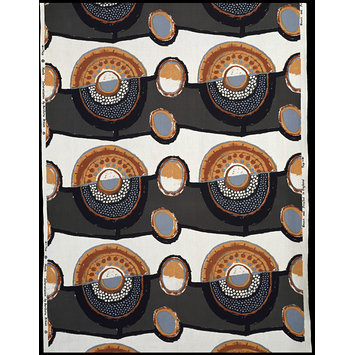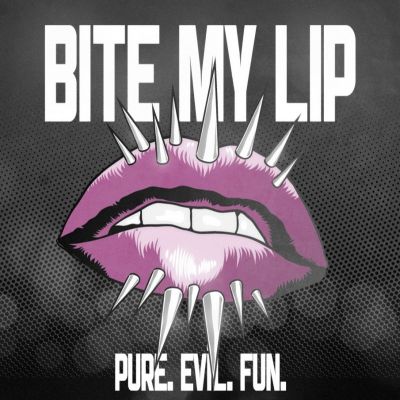Further research - 1960s
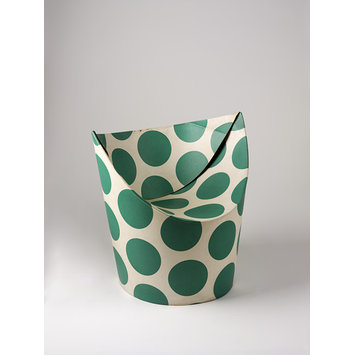
Chair Thing
- Object:Chair
- Place of origin:London, England (The chair was first manufactured by Peter Murdoch Inc. backed by International Paper Collaboration i, made)
- Date:1964 (designed)
1965 (made) - Artist/Maker:Murdoch, Peter, born 1940 (designer)
Peter Murdoch Inc (backed by International Paper Inc., USA (1965 to probably 1966), maker)
New Merton Board Mills (in 1967 Perspective Designs commissioned Murdoch to design a new range, including the 'Chair Thing' , manufactured) - Materials and Techniques:Polyurethane-coated laminated paper, die-cut and folded
- Credit Line:Given by Peter Murdoch
- Museum number:CIRC.17-1970
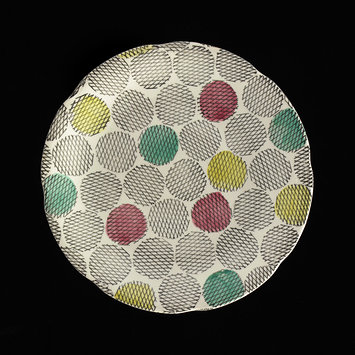
Pierrot
- Object:Plate
- Place of origin:Fenton, England (manufactured)
- Date:ca. 1955- ca. 1960 (manufactured)
- Artist/Maker:James Broadhurst & Sons Ltd. (manufacturer)
- Materials and Techniques:Earthenware with underglaze printed decoration
- Credit Line:Given by Oliver Watson
- Museum number:C.160-1992
